-
![[1,1'-Bis(diphenylphosphino)ferrocene]dichloropalladium(II) CAS:72287-26-4](https://cdn.globalso.com/xindaobiotech/HSUS81DS80Y35NTEZTU8.png)
[1,1'-Bis(diphenylphosphino)ferrocene]dichloropalladium(II) CAS:72287-26-4
[1,1'-Bis(diphenylphosphino)ferrocene]dichloropalladium(II) is a coordination complex featuring palladium in the +2 oxidation state, coordinated with two chloride ions and a bidentate ligand, 1,1′-Bis(diphenylphosphino)ferrocene. This compound is extensively studied and utilized in various catalytic and synthetic applications due to its unique coordination geometry and reactivity.
-
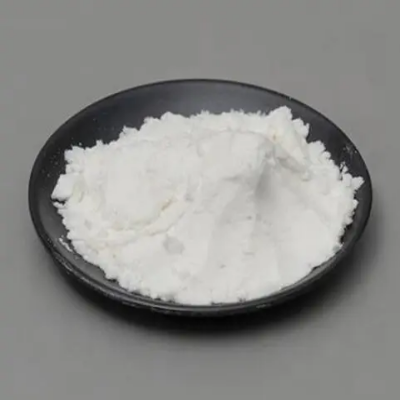
Palladium (II) nitrate dihydrate CAS:10102-05-3
Palladium (II) nitrate dihydrate is a coordination compound containing palladium in the +2 oxidation state. It is a yellow crystalline solid that is soluble in water and other polar solvents. This compound is commonly used as a precursor for the deposition of palladium-containing thin films and coatings, as well as a catalyst in various organic reactions.
-
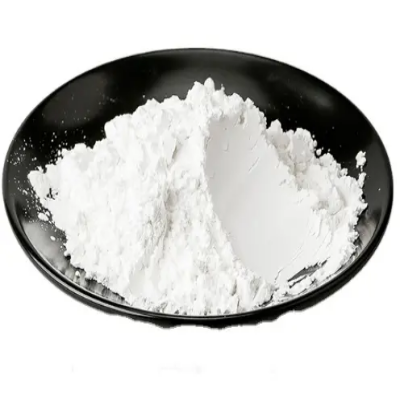
Sodium tetrachloropalladate(II) CAS:13820-53-6
Sodium tetrachloropalladate(II) is an inorganic compound with the chemical formula Na2PdCl4. It is a yellow crystalline solid that is soluble in water. This compound is widely utilized in various chemical reactions due to the versatile reactivity of the palladium center and the stabilizing influence of the chloride ligands.
-
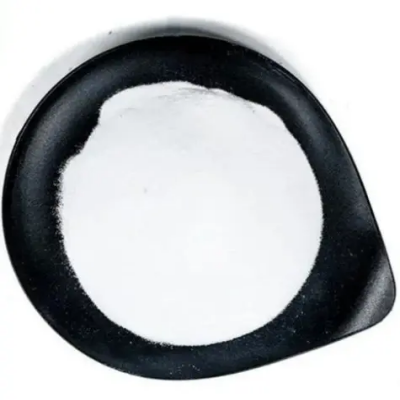
Ammonium tetrachloropalladate(II) CAS:13820-40-1
Ammonium tetrachloropalladate(II) is an inorganic compound with the chemical formula (NH4)2PdCl4. It is a yellow crystalline solid that is soluble in water. This compound is widely utilized in various chemical reactions due to the versatile reactivity of the palladium center and the stabilizing influence of the chloride ligands.
-
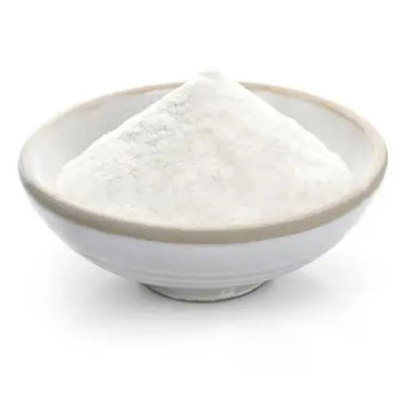
Ammonium hexachloropalladate(IV) CAS:19168-23-1
Ammonium hexachloropalladate(IV) is an inorganic compound with the formula (NH4)2PdCl6. It is a yellow crystalline solid that is soluble in water. This compound is commonly used in various chemical reactions due to the versatile reactivity of the palladium center and the stabilizing influence of the chloride ligands.
-
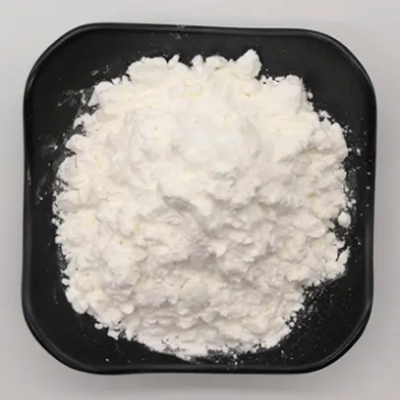
Palladium(II) tetrammine chloride CAS:13933-31-8
Palladium(II) tetrammine chloride is a coordination complex consisting of palladium in the +2 oxidation state, coordinated with four ammonia (tetrammine) ligands and chloride ions. This compound is utilized in various chemical and catalytic applications due to its unique properties and reactivity.
-
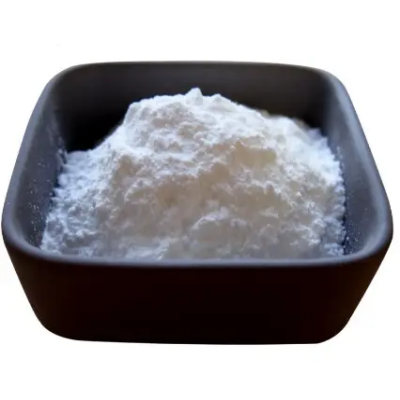
Potassium tetrachloropalladate(II) CAS:10025-98-6
Potassium tetrachloropalladate(II) is an inorganic compound with the formula K2[PdCl4]. It is a yellow-orange crystalline solid that is soluble in water. This compound is commonly used in various chemical reactions due to the versatile reactivity of the palladium center and the stabilizing influence of the chloride ligands.
-
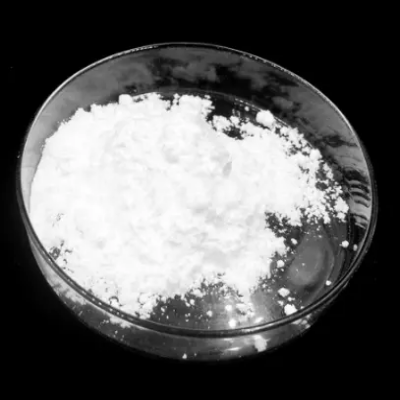
Dichloro(1,2-bis(diphenylphosphino)ethane)palladium(II) CAS:19978-61-1
Dichloro(1,2-bis(diphenylphosphino)ethane)palladium(II) is a complex palladium compound that contains a bidentate ligand, 1,2-bis(diphenylphosphino)ethane (dppe), and two chloride ligands. This complex is widely used as a catalyst in various organic transformations, including cross-coupling reactions, oxidation reactions, and reduction reactions. The dppe ligand plays a crucial role in stabilizing the palladium center and facilitating the reaction between the substrate and the palladium catalyst. The chloride ligands, on the other hand, can be displaced by other ligands or reagents during the catalytic cycle, leading to the formation of new carbon-carbon or carbon-heteroatom bonds.
-
![Palladium,[1,3-bis[2,6-bis(1-methylethyl)phenyl]-1,3-dihydro-2H-imidazol-2-ylidene]chloro[(1,2,3-h)-(2E)-3-phenyl-2-propen-1-yl]-,stereoisomer CAS:884879-23-6](https://cdn.globalso.com/xindaobiotech/7U5I8_65_I639IE__W0S1.png)
Palladium,[1,3-bis[2,6-bis(1-methylethyl)phenyl]-1,3-dihydro-2H-imidazol-2-ylidene]chloro[(1,2,3-h)-(2E)-3-phenyl-2-propen-1-yl]-,stereoisomer CAS:884879-23-6
This complex molecule is a palladium compound with the chemical formula C34H36ClN2Pd. It consists of two main parts – an organic ligand and a metal center (palladium). The organic part contains phenyl groups that are substituted by methylethyl groups, forming a dihydro-imidazole ring system. This is coordinated to the central palladium atom through nitrogen atoms in the imidazole rings. The chloride ion binds directly to the palladium as well. The “stereoisomer” indicates there may be different arrangements or orientations of these components relative to each other within this structure. Overall, it’s a fascinating example of how metals can interact with organic moieties to form unique structures.
-
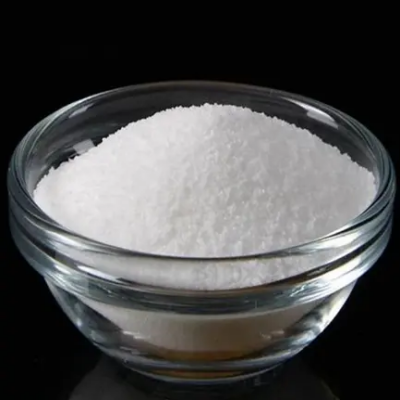
Chloroplatinic acid hexahydrate CAS:18497-13-7
Chloroplatinic acid hexahydrate, with the chemical formula H2PtCl6·6H2O, is a yellow-orange crystalline solid. It is the most common and stable hydrated form of chloroplatinic acid. This compound is widely used in various chemical and industrial processes due to its unique properties and reactivity.
-

Palladium(II) iodide CAS:7790-38-7
Palladium(II) iodide, with the chemical formula PdI2, is a chemical compound consisting of palladium and iodine. It is a dark brown crystalline solid that is of interest for its unique properties and potential applications in various fields of science and industry.
-

Platinum(IV) oxide CAS:1314-15-4
Platinum(IV) oxide, with the chemical formula PtO2, is a dark brown or black crystalline solid. It is a rare and highly reactive compound that is of interest for its unique properties and potential applications in various fields of science and industry.

